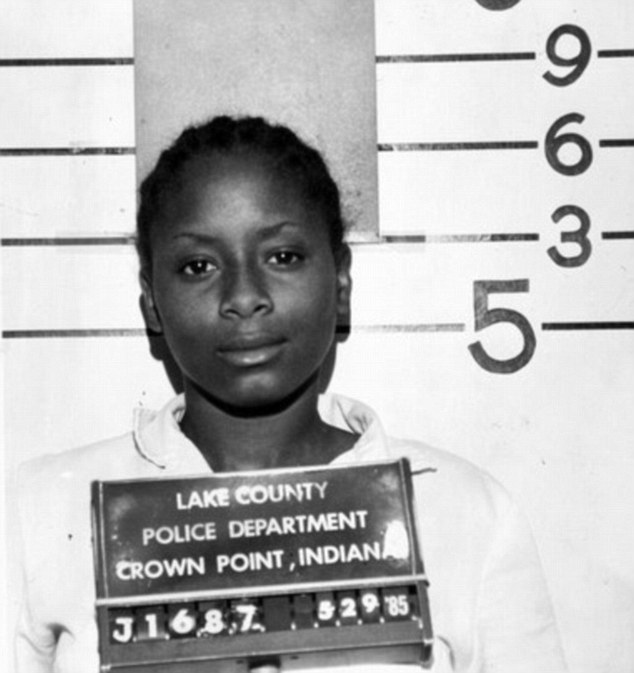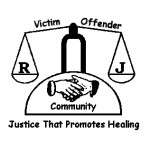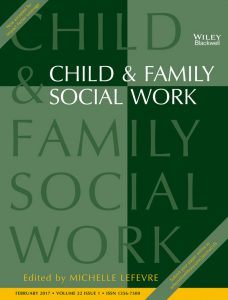Paula Cooper's Second Chance: The Power of Restorative Justice?
In May of 1985, 15-year-old Paula Cooper and three of her friends decided to steal some money. After drinking alcohol and smoking marijuana, the group of teenage girls went to the home of Ruth Pelke in Gary, Indiana. At 78, Pelke was no match for the teens who gained entrance to the house after proclaiming their interest in receiving Bible lessons. Pelke was attacked and died after Cooper hit her with a vase, cut her legs and arms, and then proceeded to stab her in the chest and stomach 33 times. The teens then ransacked the home and stole Pelke’s car before being caught by police. Following her arrest and conviction, Cooper was sentenced to the death penalty. At 16, this made her the youngest person on death row in the United States. While the story could have ended here, it did not. Over two million people, including Pope John Paul II, would cite Cooper’s young age at the time of the crime to argue that her sentence should be reduced. But it was Bill Pelke, Ruth Pelke’s grandson, who was perhaps the most surprising advocate for Cooper. Saying that Ruth would have wanted him to feel love and compassion for someone like Paula Cooper, Bill Pelke would eventually form a friendship with his grandmother’s killer. Following an intervention by the Indiana Supreme Court, Paula Cooper would go on to be released from prison on June 17th, 2013.
While Bill Pelke’s ability to start a positive relationship with Cooper may seem astounding, it is but one example of restorative justice (RJ). Essentially, RJ is the idea that victims and offenders need to come together and talk about what happened in an effort to achieve peace and restoration (Walker 2013). Rather than being a new way to deal with crime, restorative justice was actually a common way for handling offenses in the pre-modern era (Braithwaite 1999; Walker 2013). Over time, however, crimes in the West became increasingly regarded as issues solely between the state and the offender. Somehow, victims were more and more excluded from the entire process. Things began to change, however, once Howard Zehr stumbled upon the benefits of what he called “victim-offender reconciliation” in the late 1970s. In the years that have followed, Zehr’s adovcacy has helped RJ to pick up steam as an alternative to a retribution-focused response to crime.
When it comes to defining RJ in modern times, it seems as if the only consensus is that there is no consistent definition (Walker 2013). In his attempt to define the concept, Braithwaite (2004:28) writes that “restorative justice is a process where all the stakeholders affected by an injustice have an opportunity to discuss how they have been affected by the injustice and to decide what should be done to repair the harm.” In other words, since crime hurts, it should also have a chance to repair the damage that it has caused. Beyond attempting to restore the victim and the community to their pre-crime conditions, RJ is also concerned with assigning to the offender active responsibility as opposed to assigning passive responsibility. This means that rather than being told they committed a crime and then being punished for their indiscretions, offenders are asked to acknowledge their crime and attempt to atone for it. From this viewpoint, RJ may be understood to be a third option beyond conservative retribution and liberal rehabilitation. It is essentially an attempt to provide restoration to victims, communities, and offenders.
As for Paula Cooper and Bill Pelke, Pelke says that he now wants to help the former death row inmate readjust to the free world. He plans on meeting with her in the upcoming days to take her shopping for her new life. Realizing that Cooper made a grave mistake back in 1985 that she would certainly take back if she could, Pelke wants to see Cooper help at-risk youths avoid the pitfalls that forever altered her life.
So, considering the unlikely friendship between Cooper and Pelke, what does this relationship have to say about the power of restorative justice? Was this story unique or does restorative justice really have the potential to bring forgiveness and understanding to even the most heinous of crimes? Does RJ deserve a bigger role in our criminal justice system? Why or why not? What do you think?
For Further Reading:
—. 2004. “Restorative Justice and De-Professionalization.” The Good Society 13(1):28-31.






This story is disgusting on so many levels, it’s hard to even process.
“Restorative Justice”? Unless you can restore the life of Ruth Pelke, there is NO justice. She is still dead, and her family is just as ‘without’ her as they were on the day she was brutally murdered.
This is an almost unbelievable message to send out to kids with ‘anger management’ problems. It establishes the premise that society will never ultimately hold you responsible for anything that you do. “Go ahead, throw that tantrum.. do what it takes to ‘find yourself’ .. ‘sow your wild oats’.. just murder people and get it all out of your system. Because after enough time has passed..and emotions have died down.. and you’ve accepted Jesus.. and gotten a GED.. and learned to bake.. blah blah blah.. whatever whatever – that’ll make everything ok!
Yes.. I believe she should be sharing her story with high school kids.. but it will be all smoke and mirrors and of ZERO effect if she’s not doing it dressed in an orange jumpsuit and wearing shackles, and letting that same group of kids know that as soon as she says “Thank you” after her speech, armed guards will escort her right back to that bus, taking her to where she’ll spend her living eternity in a hell hole that is far nicer than the one she allowed to Ruth Pelke.
Shame on you, Indiana – Shame on you for allowing this. My heart goes out to Paula, it really does. I wish she’d had better parenting,,, I wish that her teachers in school had been allowed by the world’s biggest bully (the Imperial Federal Government) to hold her to a higher standard.. to tell her when she was messing up, so that it might not have gone this far. But alas, the system no longer allows for that. If we do not establish the concept of Consequences for those looking on, we are living a complete lie. I’m sorry, but there are some actions which can never be redeemed here on Earth.
You can dance around the politically correct may pole all you want .. but no intelligent person can debate on this: and that is that not only is there NO “Restorative Justice” for Ruth Pelke – but by not meting out the full measure of punishment for Ms. Cooper, we make a mockery of her entire life.
What were the pitfalls that Paula fell into? I have searched the internet for that story and have found nothing. That is the only virtue to come out of the life of Paula. Yet the press only talks of her suicide, her murder … what were the pitfalls that if exposed, could save other young adults from the same fate? Guess it’s not that important.
Thank you Double Ducks
The press talked in length about the pitfalls after she was arrested in 1995. There is a ton of information out there. I have a lot of it myself. I hope someday the entire pictured is painted and we can learn from it.
I am the grandson mentioned in the article. When Paula Cooper was released she was on parole and part of her conditions was that there be no contact with the victims family. I was never able to meet her outside of prison. Now that she has committed suicide I really question that rule. Not that I didn’t question it when I first heard about it. We exchanged probably over 500 forms of communication. I visited her 14 times in the 28 years she was in prison, but she gets out and we can’t have contact. I don’t get it!